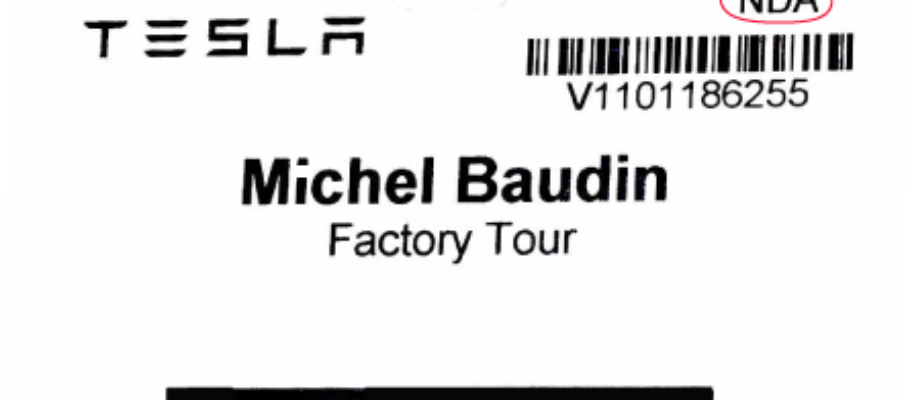May 2 2016
Three Ways Big Data Helps Manufacturers Think Bigger | Industry Week
“Here are three ways Big Data is helping manufacturers think bigger than ever before:
- Monitoring Product Quality Proactively
- Seeing the Future—and Changing It
- Getting Customers into the Data-Collection Game”
Michel Baudin‘s comments:
Manufacturers already collect data by the gigabyte, including metadata, plans and schedules, status, and history. It’s not big data. It’s tiny when compared to the daily terabytes generated by transactions on Amazon or eBay, but it is still ample fodder for analysis, that is woefully underutilized.
The current databases contain information about trends, cyclical variations, product mix, and quality issues that most manufacturers do not currently extract. In such a context, I see an effort at improving analytics on existing data as a more relevant challenge than multiplying the quantity of collected data.
See on Scoop.it – lean manufacturing






May 5 2016
The Downside of Six Sigma | Don Peppers | LinkedIn Pulse
“Revered for decades as one of the world’s most innovative companies, 3M lost its innovative mojo when it began using Six Sigma to try to improve its operational efficiency. James McNerney, the CEO named in 2000, was a Jack Welch protégé from GE. He introduced the Six Sigma discipline as soon as he took the helm of the firm, streamlining work processes, eliminating 10% of the workforce, and earning praise (initially) from Wall Street, as operating margins grew from 17% in 2001 to 23% by 2005.
But when McNerney tried to apply the Six Sigma discipline to 3M’s research and development processes it led to a dramatic fall-off in the number of innovative products developed by the company during those years.”
Sourced through Scoop.it from: www.linkedin.com
Michel Baudin‘s comments:
Don Peppers describes “eliminating 10% of the work force” as part of implementing the “Six Sigma discipline,” but I don’t recall seeing anything on that subject when learning about Six Sigma.
Share this:
Like this:
By Michel Baudin • Blog clippings 1 • Tags: innovation, Rank-and-Yank, Six Sigma